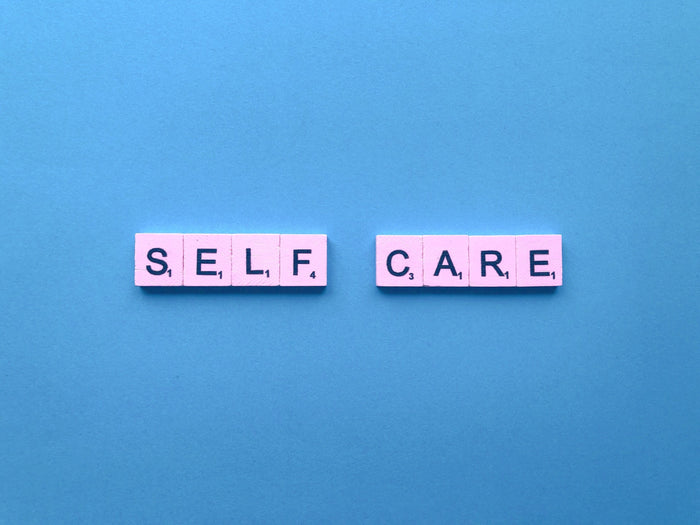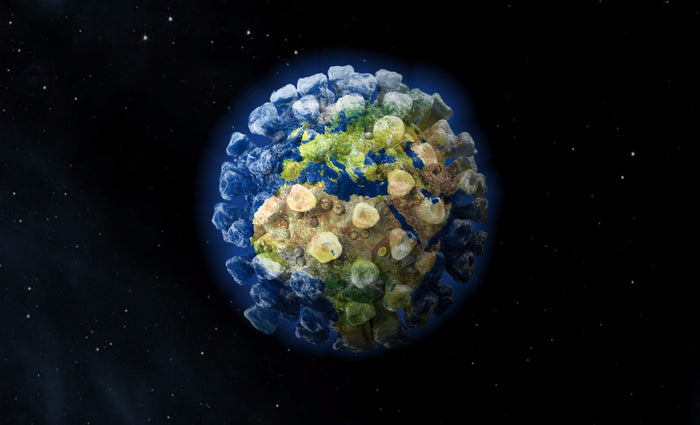Managing Mental Health Amid a Pandemic

Pandemics can be incredibly stressful. They create discomfort by uprooting the normality in our everyday lives. How we respond to stress varies from person to person depending on background, financial situation, community and more. Managing stress and advocating for your own personal wellbeing are especially important during this unconventional time.
Here are some mental health wellness tips for quarantine to help you stay on top of your game and continue to be the best version of yourself.
You’ve probably heard this a million times by now but creating a routine and sticking to it will do wonders for your wellbeing. Our habits and routines can help get the feeling of control back. Wake up and go to bed at the same time everyday, eat healthy and get outside. Sunlight hitting your skin is important for the development of Vitamin D, which helps your body fight off cancer, depression and heart issues. Spending time in the great outdoors will help bring up your mood and lower stress levels. Our connection to nature fills a deep evolutionary need, grounding us and eliminating stressors from the current situation.
You may feel like the situation you are in will never end. Remind yourself that at some point this pandemic is temporary. The world won’t go back to “normal” but eventually we will return to feeling a more safe and consistent life. Having this mindset will inspire you to be more positive and find appreciation for the little things. Counterbalance the heaviness of the world with simplicity in entertainment, art and adventure, all while staying six feet away from others of course.
Starting a project is one of the best ways to focus negative or stressful energy into something positive. Take this time to challenge yourself to create, learn to knit, read an entire book series, garden or sell fruit in Animal Crossing. Art as a whole is a therapeutic and relaxing activity. Engaging in creative activities will help boost your mindset and personal wellbeing. Changing up your living environment so that it is safe and clean can also help you feel organized and in control of your situation.
Nurturing your soul whilst dealing with uneasy feelings is incredibly different for everyone. Covid has played a unique role in each of our lives. With a potential second wave upon us here in the U.S, managing our mental state is crucial in staying calm. Anxieties can run rampant when there are so many unanswered questions floating around. Never be afraid to reach out to others about how you’re feeling.
Working towards wellness doesn’t have to be an individual effort. Embrace support from others and talk it’s how we stay connected to the people we love. Technology has evolved in such a way that it allows us to communicate with each other no matter the distance. Clinical resources aren’t available for everyone. Stay connected with the people you trust and share your experiences. This also offers the opportunity for you to be there for others who rely on your support, compassion and empathy to persevere through stressful situations. Quarantine and lockdown can affect people with pre-existing mental health problems so it’s important to check in with people.
Pets are unsurprisingly wonderful companions to be around. They help alleviate our stress and remain by our side no matter what. Spend some time with your furry friend and you'll notice how much they help alleviate stress.
There isn’t one single path to create balance in your life to establish a healthy routine to manage wellbeing. Recognize the difficulty of the world around you and keep your head up, eventually things will get better.






